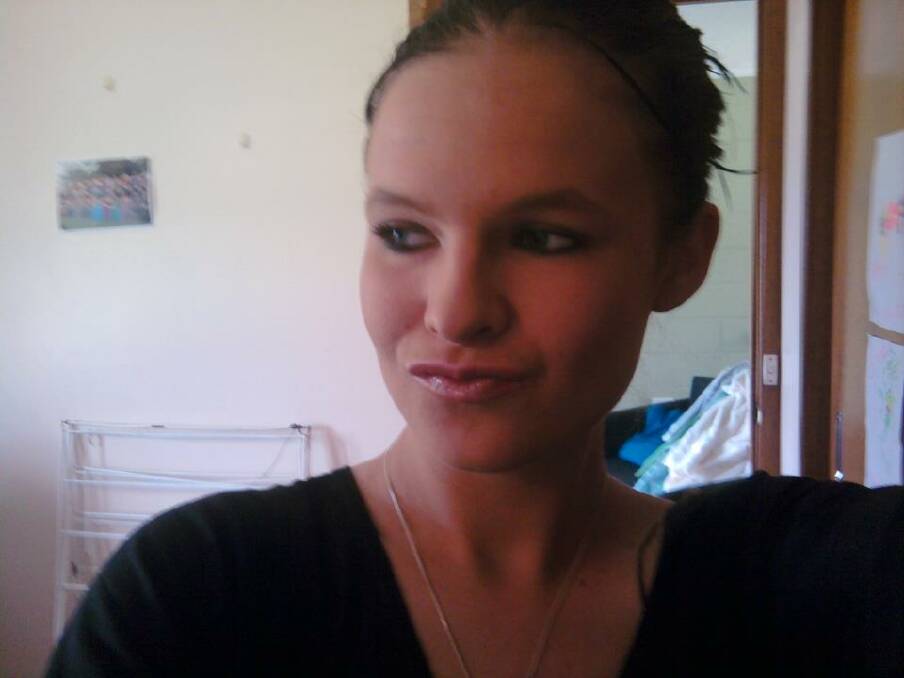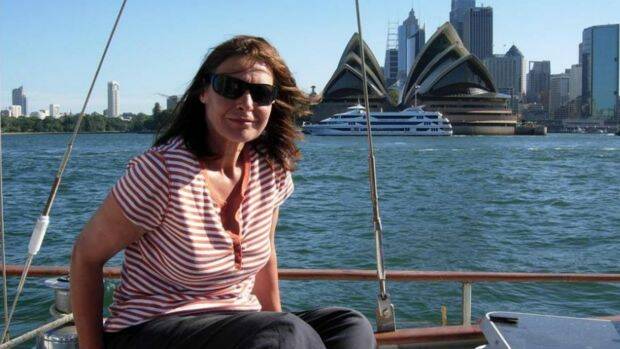
The discovery of a young homeless girl’s DNA at the scene of a 2009 murder has been called into question on the second day of convicted killer Susan Neill-Fraser’s last-ditch appeal.
Subscribe now for unlimited access.
or signup to continue reading
Neill-Fraser is serving a 23-year jail sentence for killing her partner on the pair’s yacht the Four Winds at Sandy Bay on Australia Day in 2009.
Neither Bob Chappell’s body nor a murder weapon were ever found, meaning Neill-Fraser was convicted by a jury on circumstantial evidence alone.
The jury returned a unanimous guilty verdict.
Neill-Fraser has already unsuccessfully appealed her conviction in the Court of Criminal Appeal and has attempted to have the matter assessed by the High Court.
In what is a landmark case for Tasmania’s judicial system, Neill-Fraser has launched one last appeal in the Hobart Supreme Court, enabled by new state legislation enacted in 2015.
Justice Michael Brett will rule on whether or not enough “fresh and compelling” evidence is presented to warrant a new trial.
Maxwell Kevin Jones, a forensic scientist with Victoria Police, took to the witness stand on Tuesday.
Neill-Fraser’s defence team sought to convince Justice Brett that the DNA found on the Four Winds in 2009 had been directly deposited there by homeless teenager Meaghan Vass, who was the defence’s first witness.
Ms Vass signed a statutory declaration in April, saying she and others were on the Four Winds on Australia Day, 2009, contradicting what she said at the 2010 trial.
But, on Monday, she said she had merely signed the statement “out of fear”.
Responding to cross-examination from Director of Public Prosecutions Daryl Coates, Mr Jones said the surface of the Four Winds’ deck may have “assisted” a secondary transfer of Ms Vass’s DNA, such as via someone’s shoe.
But he conceded that a secondary transfer would have required “a specific set of conditions”.

Mr Coates pondered the length of time Ms Vass’s DNA could have lasted after Australia Day, 2009.
“Given the significant amount of DNA and the fact it hadn’t degraded at all, is it your opinion that the DNA is … much more likely to have been deposited there shortly before a swab was taken on January 30?” he asked.
“In terms of survival of biological material, we’re talking days,” Mr Jones said.
“I’ll be favouring … one or two days.”
Neill-Fraser’s counsel have spent much of the appeal attempting to flesh out the figure of Paul Wroe, a man said to have lived on a yacht near where the Four Winds was moored.
Mr Wroe is expected to be called as a witness when the appeal resumes.














